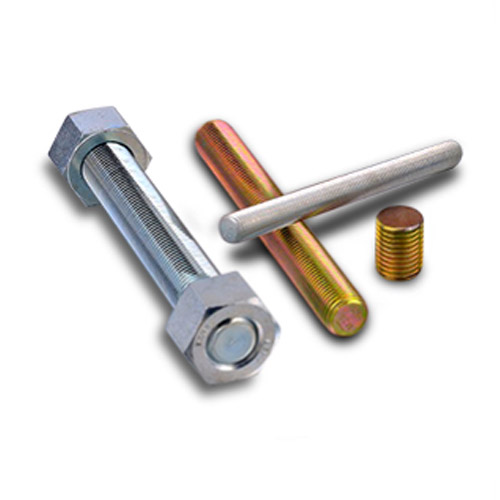Déc . 10, 2024 07:15 Back to list
installing a carriage bolt
Installing a Carriage Bolt A Step-by-Step Guide
Carriage bolts are a type of fastener commonly used in construction and woodworking projects. They are characterized by their round heads and square necks, which help secure them in place and prevent them from turning once installed. Installing a carriage bolt can seem daunting if you are unfamiliar with the process, but with the right tools and a little guidance, it can be done easily and effectively. In this article, we will provide a step-by-step guide on how to install a carriage bolt properly.
Tools and Materials Required
Before you begin, it’s essential to gather all the necessary tools and materials. Here’s what you’ll need
- Carriage bolts (size depends on your project) - Washers (preferably flat washers for better load distribution) - Nuts (typically a hex nut) - Drill with a drill bit (matching the size of the carriage bolt) - Hammer (if necessary) - Wrench or socket set - Measuring tape - Pencil or marker
Step 1 Determine the Location
The first step in installing a carriage bolt is to determine its location. Use a measuring tape to identify the exact spot where you need to install the bolt. Mark this spot with a pencil or marker so that it is easily visible.
Step 2 Drill the Hole
Next, you will need to drill a hole through the materials you are fastening together. The diameter of the drill bit should match the diameter of the carriage bolt. Drill straight down into the marked area for a clean hole. If you are working with thick materials, ensure that the hole is deep enough to accommodate the entire length of the bolt.
Step 3 Insert the Carriage Bolt
Once you have drilled the hole, it’s time to insert the carriage bolt. Place the square neck of the bolt into the hole first. The square neck will grip the material, preventing it from turning as you tighten the nut. If needed, gently tap the bolt with a hammer to ensure it fits snugly into the hole.
installing a carriage bolt

Step 4 Add Washers and Nut
After the bolt is in place, it’s time to secure it. Slide a washer onto the exposed end of the bolt. The washer helps distribute the load and prevents damage to the material. Next, thread the nut onto the end of the bolt over the washer. Hand-tighten the nut first to ensure it’s on properly.
Step 5 Tighten the Nut
Using a wrench or socket set, tighten the nut until it is secure. Be cautious not to overtighten, as this can damage the materials or the bolt itself. A good rule of thumb is to tighten until the bolt is firm but not so much that you feel excessive resistance.
Step 6 Inspect Your Work
After the bolt is securely tightened, it’s important to inspect your work. Check to ensure the bolt is properly seated and that there is no wobbling. If everything looks good, you’ve successfully installed your carriage bolt!
Additional Tips
- When selecting your carriage bolt, consider the materials you are working with. There are various sizes and materials available to suit different applications. - If you’re installing multiple carriage bolts, repeat the process for each bolt, ensuring to maintain consistent spacing. - If the installation will be exposed to weather, consider using galvanized or stainless steel carriage bolts to prevent rusting.
Conclusion
Installing a carriage bolt is a straightforward process that can enhance the stability and longevity of your projects. By following the steps outlined in this guide, you should be able to install carriage bolts with confidence. Whether you are building furniture, constructing a deck, or tackling other DIY projects, mastering the installation of carriage bolts will serve you well in your future endeavors. Happy building!
-
Threaded Rods in Art Where Structural Integrity Meets Aesthetic Vision
NewsApr.11,2025
-
Optimize Industrial Fastening with Precision-Crafted Hex Nut Solutions
NewsApr.11,2025
-
Master Fastening with Premium Stainless Steel Carriage Bolts
NewsApr.11,2025
-
Hex Sleeve Anchors: Smart Choice for Industrial-Grade Concrete Fastening
NewsApr.11,2025
-
Hex Head Timber Screws: Reinventing Safety in Modern Livestock Enclosures
NewsApr.11,2025
-
Elevate Efficiency with Robust Beam Clamps
NewsApr.11,2025


